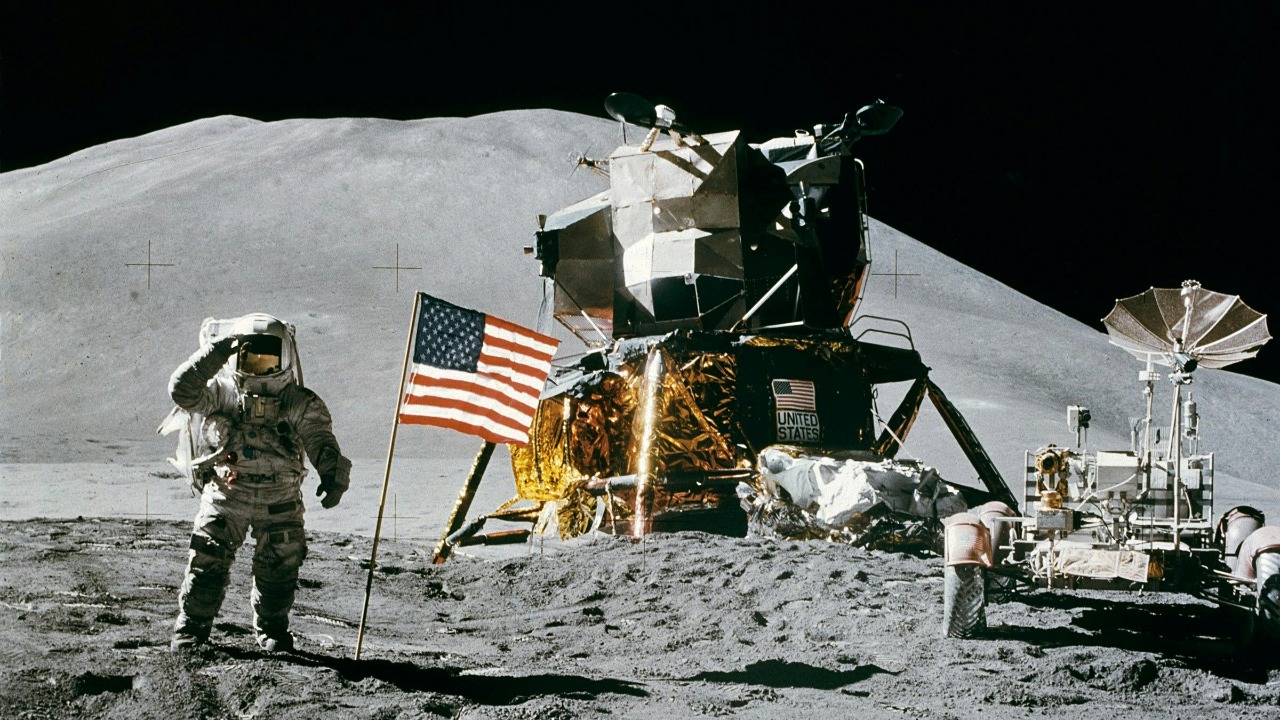
NASA has unveiled an ambitious plan to mine the Moon for fuel, aiming to utilize the lunar surface’s resources to support future space missions. This groundbreaking initiative is part of a broader strategy to establish a sustainable human presence on the Moon and beyond. The focus is on extracting valuable materials like helium-3 and water ice, which could revolutionize space travel and energy production.
NASA’s Vision for Lunar Mining
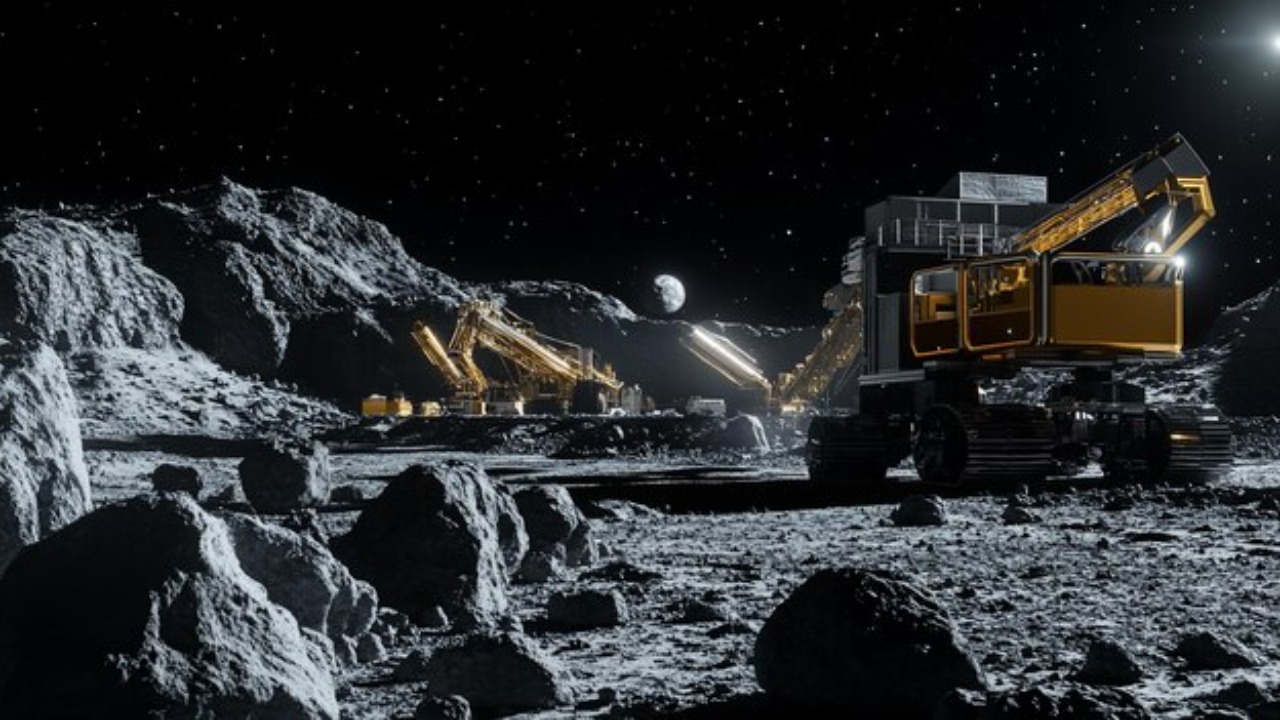
NASA’s vision for lunar mining involves establishing a sustainable presence on the Moon by leveraging local resources. The primary goal is to reduce dependency on Earth-based supplies for extended space missions, which could significantly decrease the cost and complexity of space travel. By using materials found on the Moon, NASA aims to create a self-sufficient environment that supports not only scientific exploration but also commercial activities.
To achieve these objectives, NASA is developing advanced mining equipment specifically suited to the lunar environment. This includes robust machinery capable of withstanding the Moon’s harsh conditions. Additionally, NASA is investing in research related to autonomous robotics to ensure efficient and safe operations. These technological innovations are crucial for overcoming the unique challenges posed by the Moon’s surface.
Key Resources on the Moon
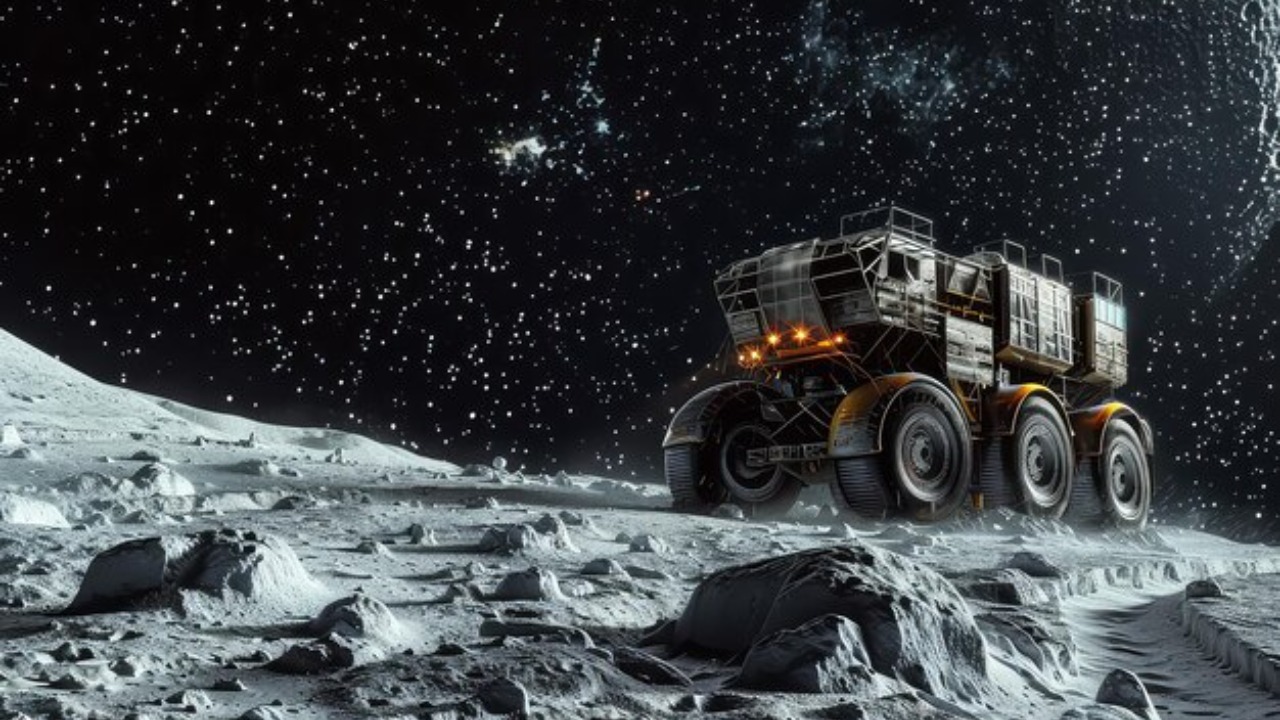
The Moon is rich in resources that have the potential to transform space travel. One of the most significant is helium-3, a rare isotope that could serve as a clean and efficient nuclear fusion fuel. While the extraction of helium-3 presents numerous challenges, its successful utilization could have profound implications for global energy markets, potentially offering a new source of power that is both abundant and environmentally friendly.
Another critical resource is water ice, which can be converted into hydrogen and oxygen for rocket fuel. This capability is essential for supporting human habitats by providing the necessary life support resources. The presence of water ice on the Moon could enable more extended missions by reducing the need to transport water from Earth, thus making lunar exploration more feasible and sustainable.
Challenges and Considerations
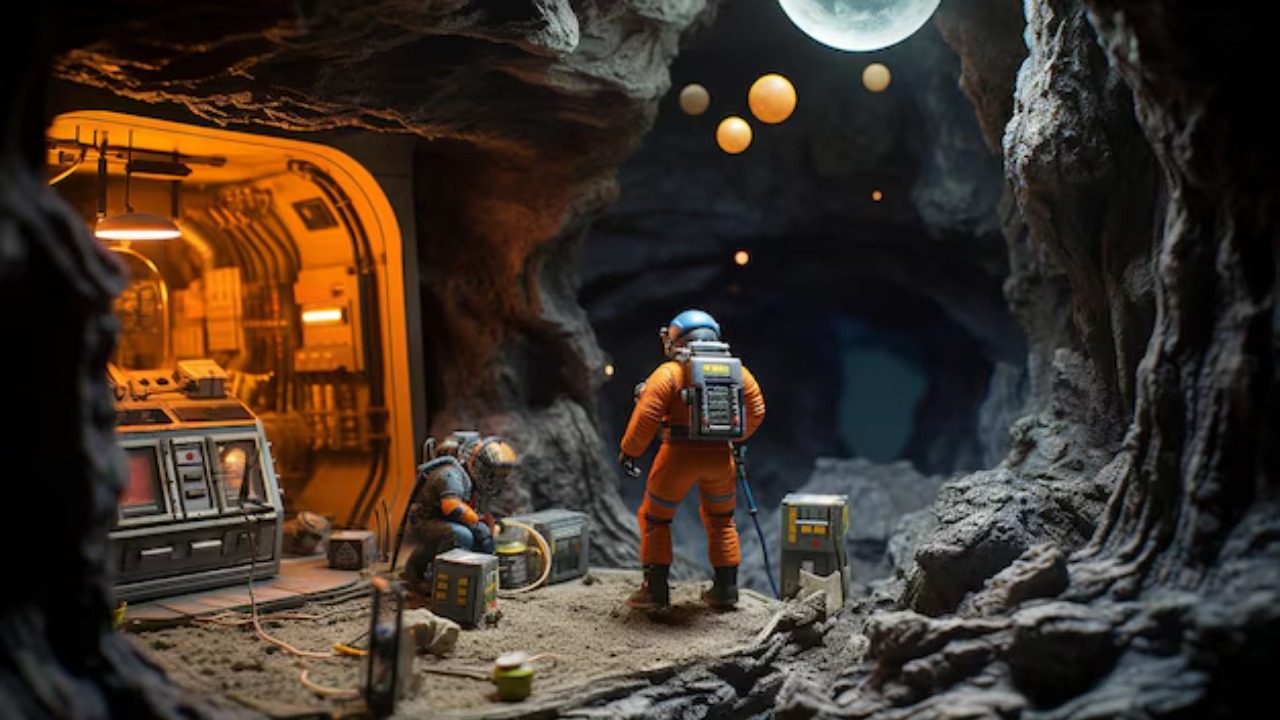
Despite the promise of lunar mining, several technical and logistical hurdles must be addressed. The Moon’s harsh environment, characterized by extreme temperatures and low gravity, poses significant challenges to machinery and operations. Additionally, the transportation of mined materials back to Earth or their use in lunar orbit requires innovative solutions to ensure efficiency and cost-effectiveness.
Beyond technical challenges, there are also legal and ethical issues to consider. Navigating international space laws regarding resource extraction is complex, as existing treaties do not fully address the commercial use of extraterrestrial resources. Ensuring equitable access and benefit-sharing among nations is crucial to fostering cooperation and avoiding conflicts over lunar resources.
Collaborative Efforts and Partnerships
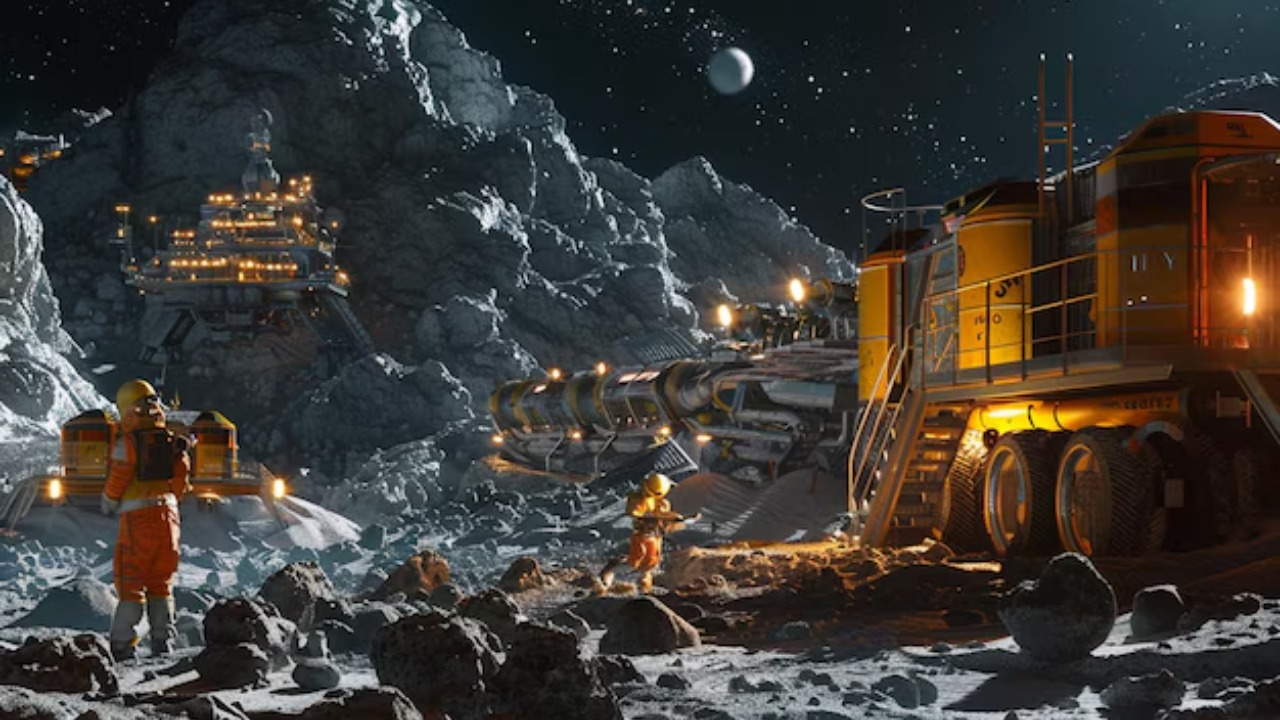
To maximize the potential of lunar mining, NASA is pursuing international cooperation with other space agencies, such as the European Space Agency (ESA) and Roscosmos. These joint ventures aim to pool resources and expertise, facilitating more rapid progress in lunar exploration. The involvement of private sector companies is also a key component, as their participation can drive innovation and investment in lunar operations.
Public-private partnerships offer significant opportunities for the commercialization of lunar resources. By sharing technology and expertise, these collaborations can accelerate the development of sustainable mining practices on the Moon. Investment opportunities in this emerging sector could lead to the creation of new markets and industries centered around space resources.
Implications for the Future of Space Exploration
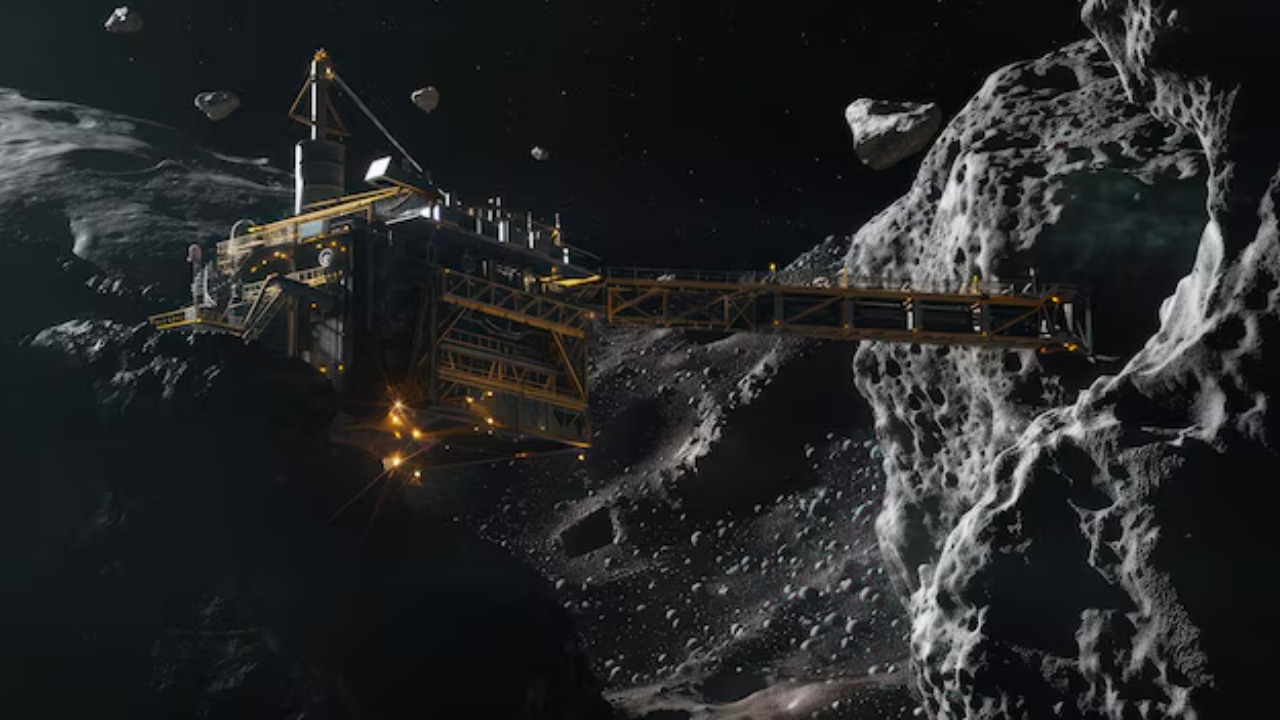
The economic impact of lunar mining could be substantial, with the potential to drive innovation and growth on Earth. New markets and industries related to space resources could emerge, creating jobs and stimulating economic development. Furthermore, the technologies developed for lunar mining could have applications in other fields, advancing scientific research and technological progress.
Increased understanding of the Moon’s geology and history will also result from these efforts, enhancing our knowledge of the solar system. The development of new technologies, such as those related to resource extraction and autonomous robotics, could have far-reaching implications beyond space exploration. As NASA continues to pursue its vision for lunar mining, the potential benefits for humanity are vast and far-reaching.